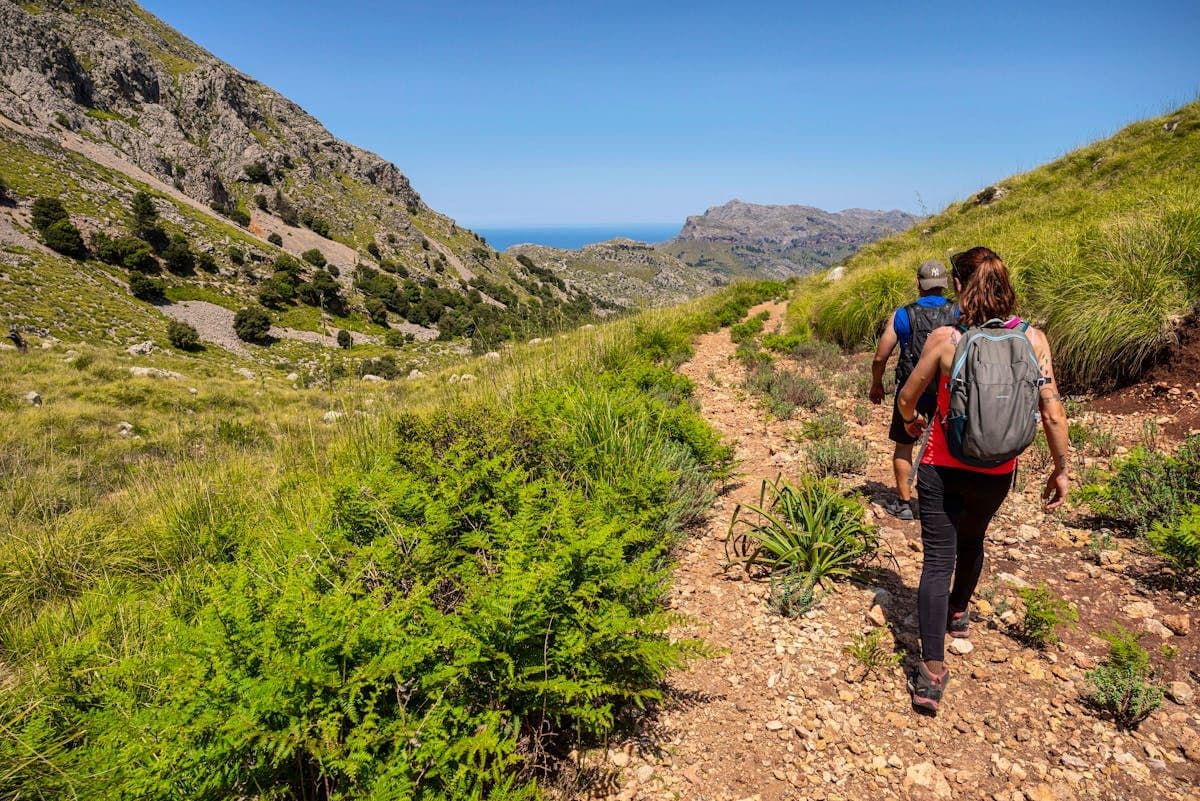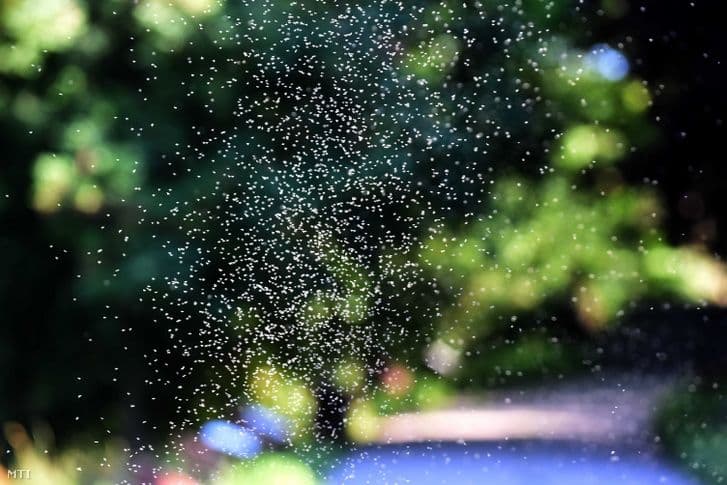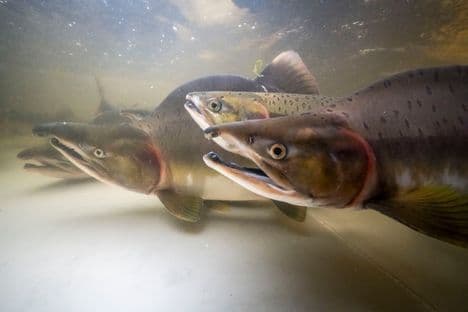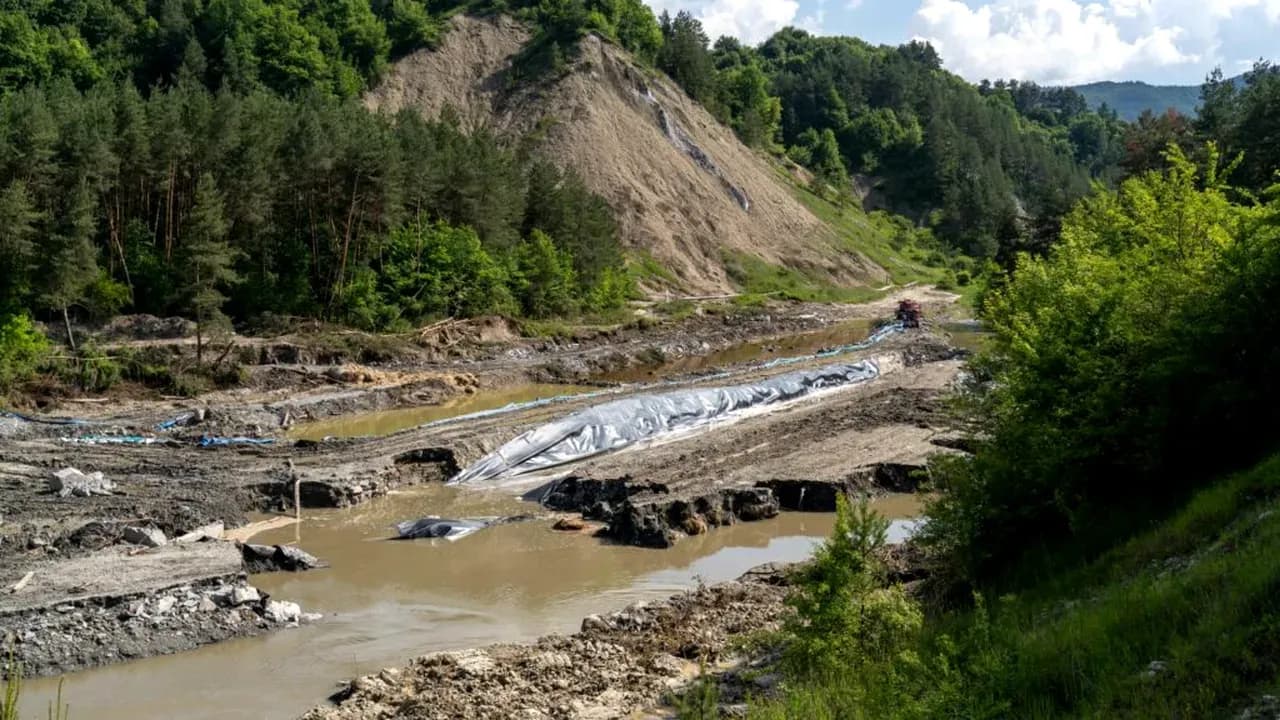The Serpent's Shadow: Unmasking Mallorca's Quiet Ecological Crisis
Mallorca's hidden ecological crisis: Invasive snakes threaten native species and upset the island's balance. Discover the silent battle & vital biosecurity solutions.

Beyond the Postcard: Mallorca's Hidden Invasions
Mallorca, renowned for its sun-drenched beaches and picturesque olive groves, is grappling with a less publicized, yet increasingly urgent, environmental challenge: a burgeoning snake plague. These aren't indigenous reptiles; rather, the island is experiencing a significant proliferation of invasive species, primarily Horseshoe, Ladder, and Smooth snakes. While mercifully non-venomous, their bites can cause uncomfortable inflammation, leading to understandable public concern. The sheer scale of their spread is alarming, with sightings reported not just in the expected rural areas like olive and almond orchards, but also creeping into residential fincas, terraces, and even popular beaches. The problem extends beyond the main island, affecting the uninhabited neighbouring island of , a crucial nature reserve. Local authorities, including the conservation organization , have responded by deploying hundreds of traps, but the situation is rapidly escalating beyond their current capacity, as highlighted by the . This quiet invasion represents more than just a nuisance; it's a profound ecological threat to Mallorca's unique biodiversity.
Uninvited Arrivals: How the Serpents Slipped In
The insidious spread of these non-native serpents across isn't a natural phenomenon; it's a direct consequence of human activity, specifically inadequate biosecurity at the island's entry points. Experts point to insufficient controls during the import of goods as the primary culprit. These unwelcome reptilian guests, including the sizable Horseshoe snake which can reach up to 1.75 meters, have likely hitched rides as unwitting stowaways within shipments of plants, soil, or other materials. Given status as a major logistical hub and tourist destination, the sheer volume of incoming freight creates numerous opportunities for such clandestine introductions. Unlike their native habitats where natural predators and ecological balances keep populations in check, offers a hospitable environment for these invaders to thrive, largely unimpeded. This lax oversight at ports and airports has essentially rolled out a red carpet for invasive species, turning bustling trade routes into conduits for ecological disruption.
An Ecosystem Under Siege: The Unseen Battle for Biodiversity
The arrival of these invasive snakes has plunged delicate ecosystem into a silent, yet fierce, battle for survival. As non-native species, the Horseshoe, Ladder, and Smooth snakes pose a significant threat to the island's indigenous fauna. Island ecosystems are notoriously fragile and highly susceptible to invasive species, largely because their native inhabitants have evolved in isolation, often without the presence of such predators. This means local birds, lizards, and even small mammals lack the inherent defenses or learned behaviors to cope with these new threats. , a small, uninhabited island off coast, serves as a stark example, experiencing a particularly intense invasion. Here, and within the main island's iconic olive and almond groves, these snakes are outcompeting native reptiles for food and habitat, preying on vulnerable local populations, and disrupting intricate food webs. The ecological balance, painstakingly established over millennia, is unraveling, threatening to diminish the unique biodiversity that makes special, far beyond the postcard-perfect scenes.
Fighting Back: Traps, Controls, and the Long Road Ahead
In response to this growing ecological crisis, local authorities and conservation bodies, most notably , have initiated countermeasures. Hundreds of traps have been strategically deployed across and in an effort to curb the proliferation of these invasive snakes. These traps, while a necessary first line of defense, represent a reactive approach to a problem that has already spiraled to an overwhelming extent. The has vocally stated that the current resources and capabilities of are simply insufficient to manage the widespread colonization already observed. Despite these efforts, the sheer numbers of Horseshoe, Ladder, and Smooth snakes continue to expand their territory, making comprehensive control an immense challenge. Eradicating an established invasive species on an island as large and interconnected as is a monumental task, requiring sustained funding, innovative methods, and broad public cooperation. The road ahead is long and arduous, demanding far more than just traps to reclaim the island's ecological integrity.
A Blueprint for Island Resilience: Lessons from Mallorca's Plight
struggle with invasive snakes offers a crucial, albeit sobering, blueprint for island resilience worldwide. As the rightly points out, an island should inherently possess natural defenses against such invasions, yet experience demonstrates a concerning vulnerability. Unlike other Mediterranean islands that have largely avoided such widespread issues, high human traffic, coupled with the pressures of climate change, has created a perfect storm. Most critically, the fundamental failure lies in "insufficient border and internal controls that fail to prevent new introductions." This highlights a universal lesson: prevention is always superior to cure when it comes to invasive species. call for significantly improved biosecurity at ports and airports – particularly for plants, soils, animals, and biological materials – resonates far beyond the Balearic shores. For unique island ecosystems globally, strengthening these entry point defenses is not merely an environmental recommendation; it is an imperative for safeguarding irreplaceable natural heritage and averting future ecological catastrophes.
Related Articles

Siófók's Summer of Shadow: Navigating the Delicate Balance of Protected Pests and Thriving Tourism

Siófók's Summer of Shadow: Navigating the Delicate Balance of Protected Pests and Thriving Tourism

Scales of Contention: The Unsettling Demise of a Jordan Valley Crocodile Farm

Scales of Contention: The Unsettling Demise of a Jordan Valley Crocodile Farm

Beyond the Catch Count: Tana River's Battle for a Vanishing Ecosystem

Beyond the Catch Count: Tana River's Battle for a Vanishing Ecosystem

Praid's Fading Light: Unearthing the Crisis at Romania's Beloved Salt Mine
